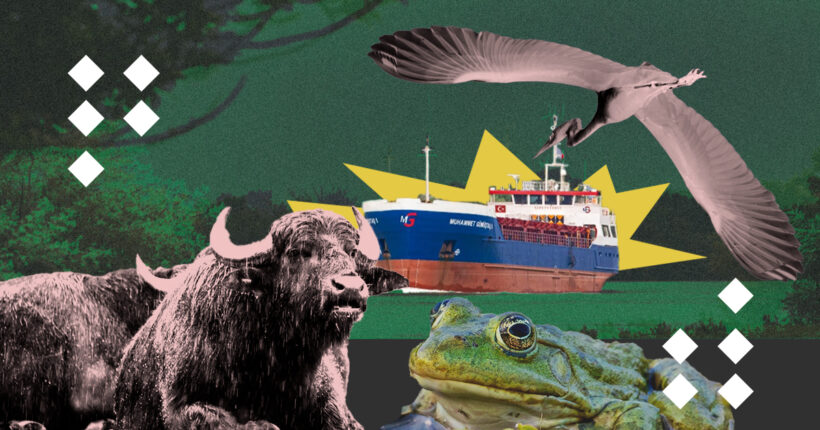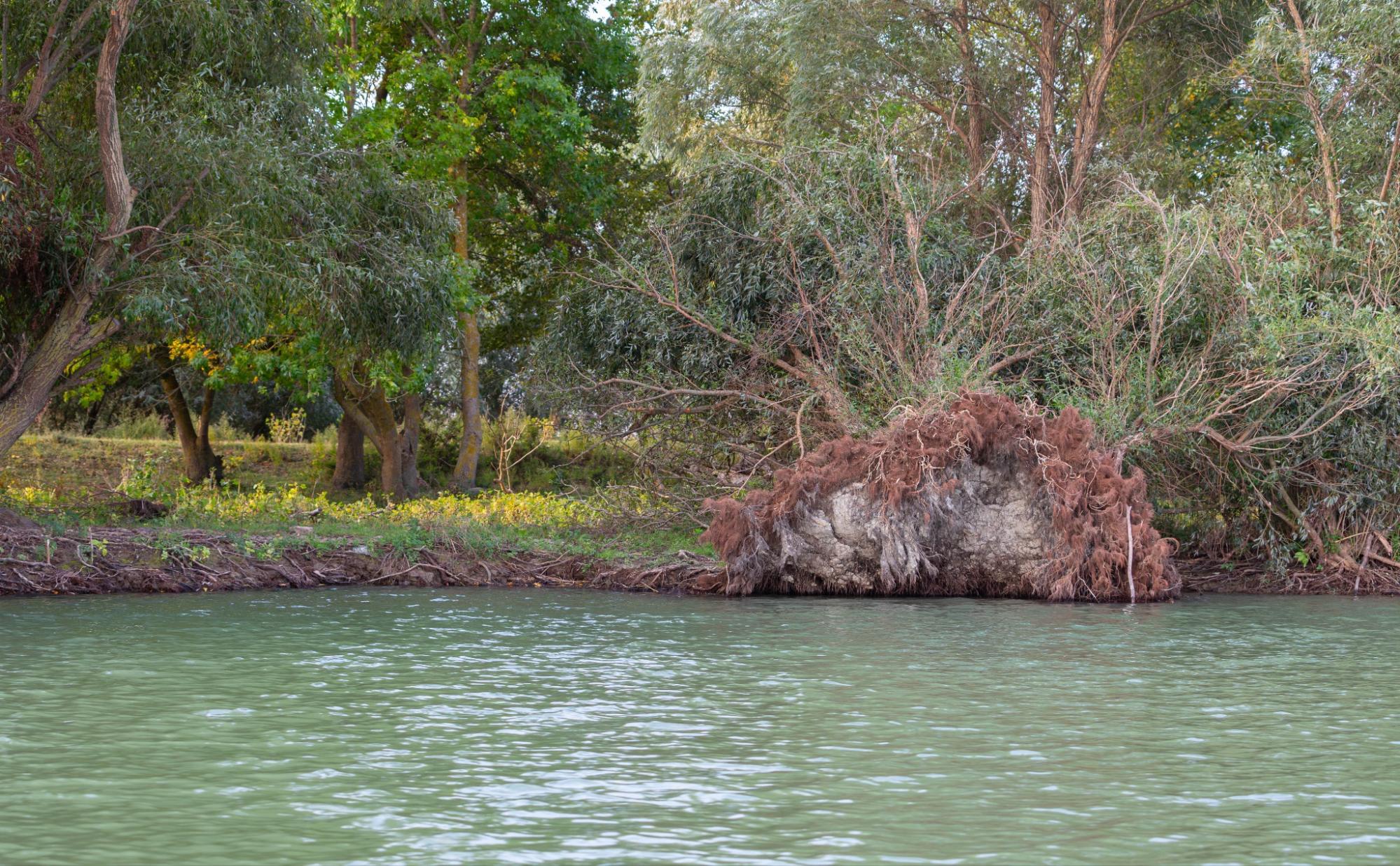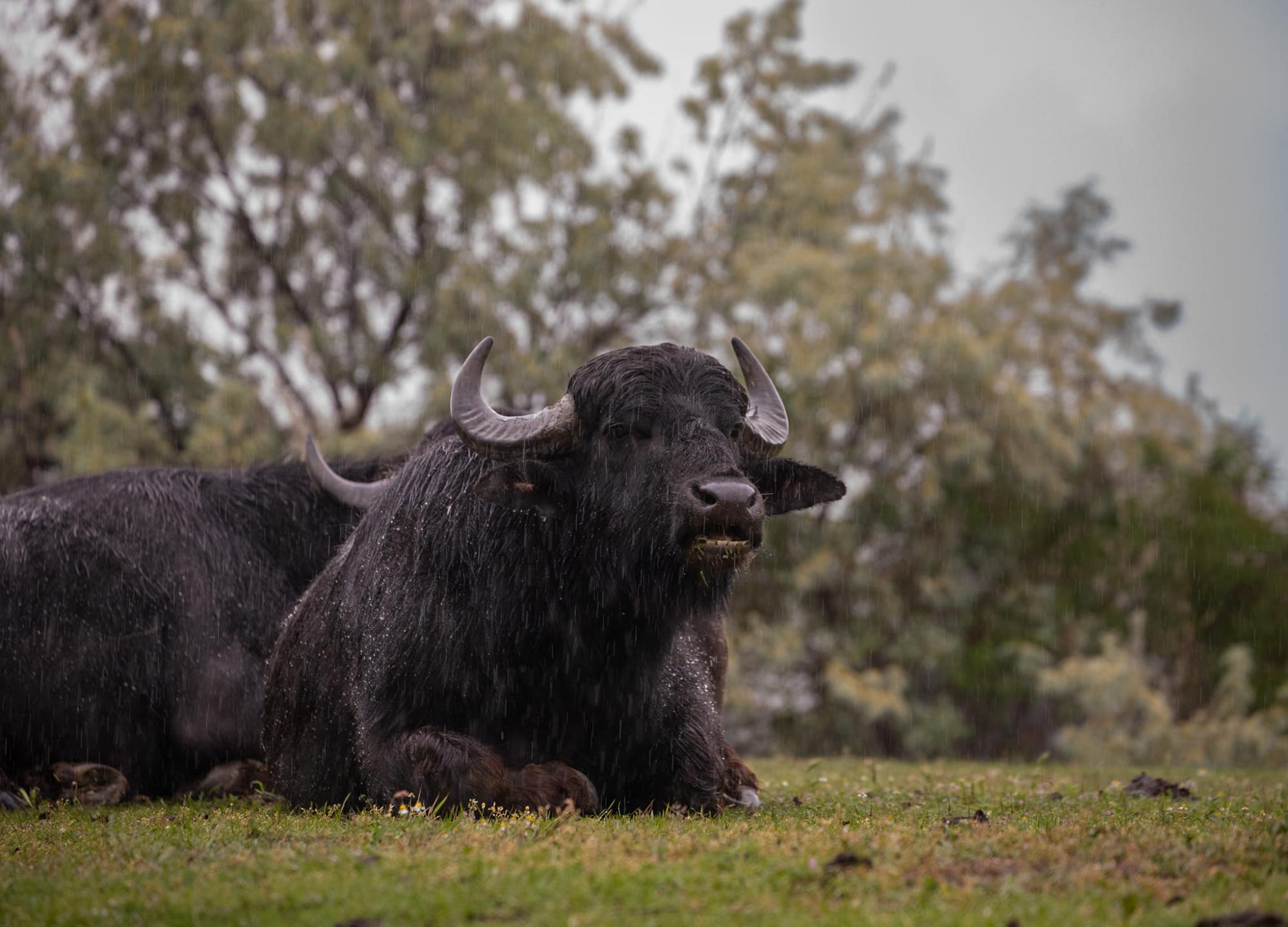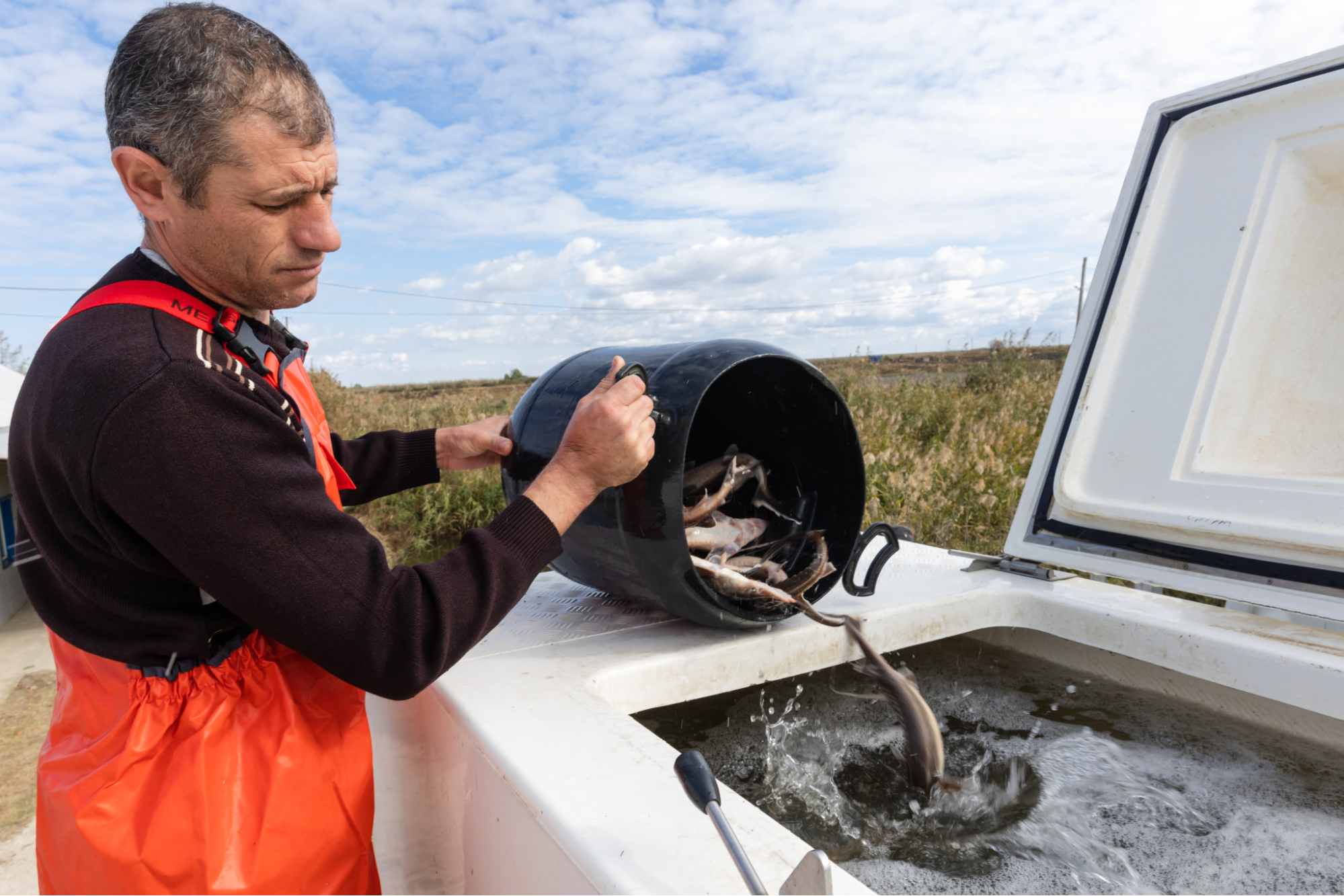
The Transboundary Danube Delta Biosphere Reserve was designated as part of the World Network of Biosphere Reserves in 1998. This reserve encompasses territories on both the Ukrainian and Romanian sides of the Danube River.
On the Ukrainian side, the reserve is known as the Danube Biosphere Reserve, while on the Romanian side, it is referred to as the Danube Delta Biosphere Reserve. Together, these areas form a vast labyrinth of waterways, lakes, canals, and islands in the lower Danube region, covering a total area of 7,322 square kilometers.
The Danube Delta is recognized as Europe's largest delta ecosystem and serves as an essential water treatment system. It provides habitat for approximately 350 species of birds, which use the delta for migration, wintering, or permanent residence. Additionally, the reserve is home to more than 100 fish species, including populations of sturgeon.
Furthermore, the delta serves as a crucial refuge for various endangered species, including the European mink, wild cat, and otter. Its diverse and rich ecosystem supports a wide range of flora and fauna, making it an important conservation area in Europe.

Danube Delta Transboundary Biosphere Reserve. Photo: Zhanna Sribna
Ukraine owns only 25% of the Danube Delta, but even this 25% is worth a lot. This area can easily compete with the Amazon in terms of the diversity of plants, birds, animals, ichthyofauna, and invertebrates.
So, it is unsurprising that the reserve was popular among tourists before the full-scale war. Kayaking and boating were organized here. Visitors enjoyed kayaking and boating activities, allowing them to explore the delta's intricate waterways. Tourists also had the opportunity to observe unique wildlife, including water buffaloes, and to witness locals' flooded and vegetable gardens at the symbolic "zero kilometer" point of the Danube River.

The largest population of the pink pelican in Europe is found in the Danube Delta biosphere reserve. Photo: Maksym Yakovlev
The reserve's originality is fascinating, but from the second half of 2023, it was impossible to get here from the Ukrainian side. Access is limited for a reason — in 2022, when the battles were fought for the Snake Island, enemy sabotage and reconnaissance groups also entered the Danube.

During a walk on the island of Yermakov, you can meet buffaloes. Photo: Zhanna Sribna
What is the problem?
What changed with the beginning of the war?
To investigate the war's impact on the reserve's territory, Rubryka turned to the Danube Delta Biosphere Reserve, located in Romania and united by a joint reserve with the Danube Biosphere Reserve. They noted that the most obvious impact of the war was the decrease in the number of tourists compared to the years before the war. In addition, a significant increase in water transport in the Sulina Canal of the Danube was noted in Romania.

Danube Delta Transboundary Biosphere Reserve. Photo: Zhanna Sribna
However, there were more ships not only in the Sulina Canal. After the start of a full-scale war, Ukraine again began to use one of the mouths of the Danube as a transport artery.
Cargo ships in the reserve: how does it work?
Oleksandr Voloshkevich has been the head of the Danube Biosphere Reserve for over 30 years. During this time, he survived hundreds of court hearings, the lion's share related to constructing the deep-sea Danube-Black Sea shipping channel. This ancient story, stretching back to the 2000s, has gained new momentum in 2023.
The Danube is one of the largest rivers in Europe, and its attractiveness for shipping is inestimable. The Sulina Canal, one of the branches of the Danube in Romania's territory, flows into the Black Sea and is mainly used for shipping. Since the beginning of the 2000s, Ukraine has wanted to use another mouth of the Danube, the Bystre mouth, which is already on Ukraine's territory, for shipping.

The ship going through the territory of the Danube Delta Biosphere Reserve in the summer of 2023. Photo: Zhanna Sribna
When news of the construction project became known to the global community, it sparked widespread concern and opposition. From May to October 2004, more than 50,000 organizations and individuals from 90 countries rallied to protect the Danube Biosphere Reserve. International bodies such as the Standing Committee of the Berne Convention and the Commission of the Espoo Convention, as well as the European Commission and the International Commission for the Protection of the Danube, recommended suspending the project's implementation.
Despite these efforts, the construction proceeded, but the canal did not operate at full capacity. The mouth of the Bystro had to be continually dredged and cleared of silt to enable ships to pass through the channel. However, this maintenance proved to be prohibitively expensive. Consequently, the project was eventually canceled over time due to its unsustainable costs and operational challenges. The Bystre mouth had to be constantly deepened and cleared of silt so ships could pass through the channel. It was too expensive, so over time, the project was canceled.
With the beginning of a full-scale war, the need for the transportation of goods by sea renewed. At the beginning of 2023, Ukraine has already deepened the mouth of Bystre almost twice, which may have certain consequences for ecosystems.
What are the consequences?
The dredging works pose significant risks to the delicate ecosystem of the Danube Biosphere Reserve. Birds nesting on the islands and sturgeon populations, which migrate up and down the Bystre estuary, are particularly vulnerable. These species are not only protected by Ukrainian law but also by international legislation.
Interventions like dredging can alter the coastal landscape, leading to uncertain consequences for the ecosystem. The full extent of these impacts is not yet known, but they could have far-reaching implications for the biodiversity and ecological balance of the area.

Great White Egret, Danube Delta Biosphere Reserve. Photo: Maksym Yakovlev
What is the solution?
Stocking of the Danube
Some hold the view that Romania emphasized the negative consequences of deepening the Bystre in the early 2000s because, at that time, it was not economically viable to compete with Ukraine for the use of the Danube Delta for shipping. Now, the environmentalists in Romania are keeping it silent.

Sturgeon, which WWF used for stocking in October 2023. Photo: WWF
It is known that the dredging works were carried out in the autumn-winter period, when the juvenile sturgeon was no longer there, so the dredging process could not have affected them. Instead, sturgeons are more threatened by dams upstream, which prevent all fish from reaching spawning grounds and poaching.
In recent years, the situation in the reserve has improved thanks to a complex nature protection campaign — stocking, strengthening of protection, and changes in fishing rules.
In the fall of 2023, WWF-Ukraine was not the first to stock sturgeon species, releasing 2,500 young sterlets and Russian sturgeon into the Danube River's Solomon branch in the Danube Biosphere Reserve territory. Stocking has a direct environmental nature and a long-term strategic goal — to promote the restoration of the sturgeon population in the Danube and to ensure the monitoring and protection of their habitats.
To trace the migration paths of sturgeons, each fish was marked using a modern and least invasive method — by injecting a special blue or yellow elastomer dye under the skin for further monitoring in the water area of the Danube and the Black Sea.
Are there advantages to using Bystre?
It's interesting to note that in shipping, despite being a temporary phenomenon, there can also be benefits. Before the Danube grain route became operational, cargo from Ukraine was transported by trucks to the port of Reni, leading to increased carbon emissions into the atmosphere and road accidents involving animals. With the development of the grain route, these negative impacts have decreased.
Another positive outcome is the partial solution to the problem of the Chilia branch of the Bystre estuary. This branch, historically the most water-filled among the Danube's branches, has been losing its water content over the years. While it accounted for 70% of the total flow of the Danube in the early 20th century, by 2020, it had decreased to only half. However, following the deepening of the Bystre, there has been an increase in the flow of the Chilia branch, which the reserve had been losing in recent decades.

Water buffaloes on Yermakov Island, Danube Biosphere Reserve. Photo: Zhanna Sribna
The resolution of disputes between environmentalists and transporters will be determined by scientific studies assessing the impact of dredging and shipping on ecosystems. On-site inspections are conducted to a limited extent, and satellite images are used for monitoring inaccessible areas.











